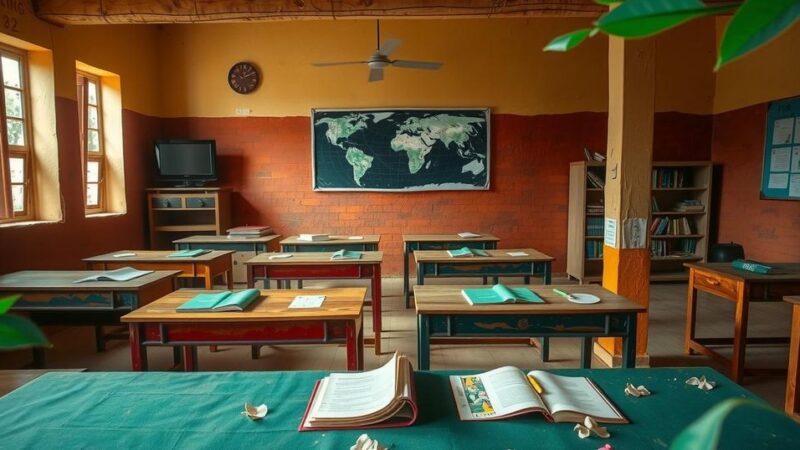Nizar Baraka, the Minister of Equipment and Water, noted that despite improvements due to recent rainfall, Morocco continues to face a structural drought. The rain has benefited water resources significantly, resulting in better dam storage, although some areas remain significantly impacted. To address water management effectively, accelerated implementation of royal directives is essential.
Nizar Baraka, Morocco’s Minister of Equipment and Water, addressed the ongoing drought situation despite recent rainfall and snowfall in various regions. He acknowledged improvements, stating that the country is witnessing reduced drought intensity. During his appearance on the “Nokta Ila As-Satr” program on Al-Aoula channel, he confirmed that recent precipitation has positively impacted water resources, although the structural drought crisis is not yet resolved.
Minister Baraka elaborated on the beneficial effects of rainfall on dam reservoirs, potable water supplies, groundwater levels, and agriculture. Regions such as Chefchaouen, Taza, and Taounate recorded over 300 millimeters of rain, while Rabat and Beni Mellal received more than 170 millimeters. Notably, the snowfall has improved as it now covers 11,000 square kilometers, demonstrating an enhancement compared to previous years.
He reported that water storage in dams has reached 6 billion cubic meters, constituting over 35% of total capacity. The past ten days alone saw a significant increase of 1.4 billion cubic meters. Four major basins—Loukkos, Tensift, Oum Er-Rbia, and Moulouya—have also exceeded 50% of their capacities, indicating considerable recovery.
Baraka noted a reduction of drought levels across Morocco, categorizing it now as moderate drought—an 18% improvement from average annual conditions. However, regions such as Tensift, Souss, and southern provinces still contend with drought conditions, while areas like Oued Noun, Ziz, and Ghriss have surpassed severe drought levels. This progress is vital for ensuring adequate drinking water supplies in cities like Errachidia and Zagora.
Despite the positive developments, Baraka emphasized the necessity for expedited implementation of royal directives for efficient water resource management, especially regarding rainwater storage through dam construction. He indicated that the time required to build dams has been reduced to between six months and three years.
In conclusion, Baraka projected that Morocco’s dam storage capacity would reach 20 billion cubic meters, with 6 billion cubic meters currently stored due to the recent rains. He anticipates this capacity may expand to 26 billion cubic meters by 2030.
The Minister of Equipment and Water, Nizar Baraka, highlighted both challenges and advancements in Morocco’s water management amid ongoing drought conditions. The recent rainfall has bolstered dam storage levels and improved agriculture and water supply, although some regions remain affected by drought. Accelerated dam construction and adherence to royal directives are crucial to address the water scarcity concerns in the long term.
Original Source: fesnews.media






